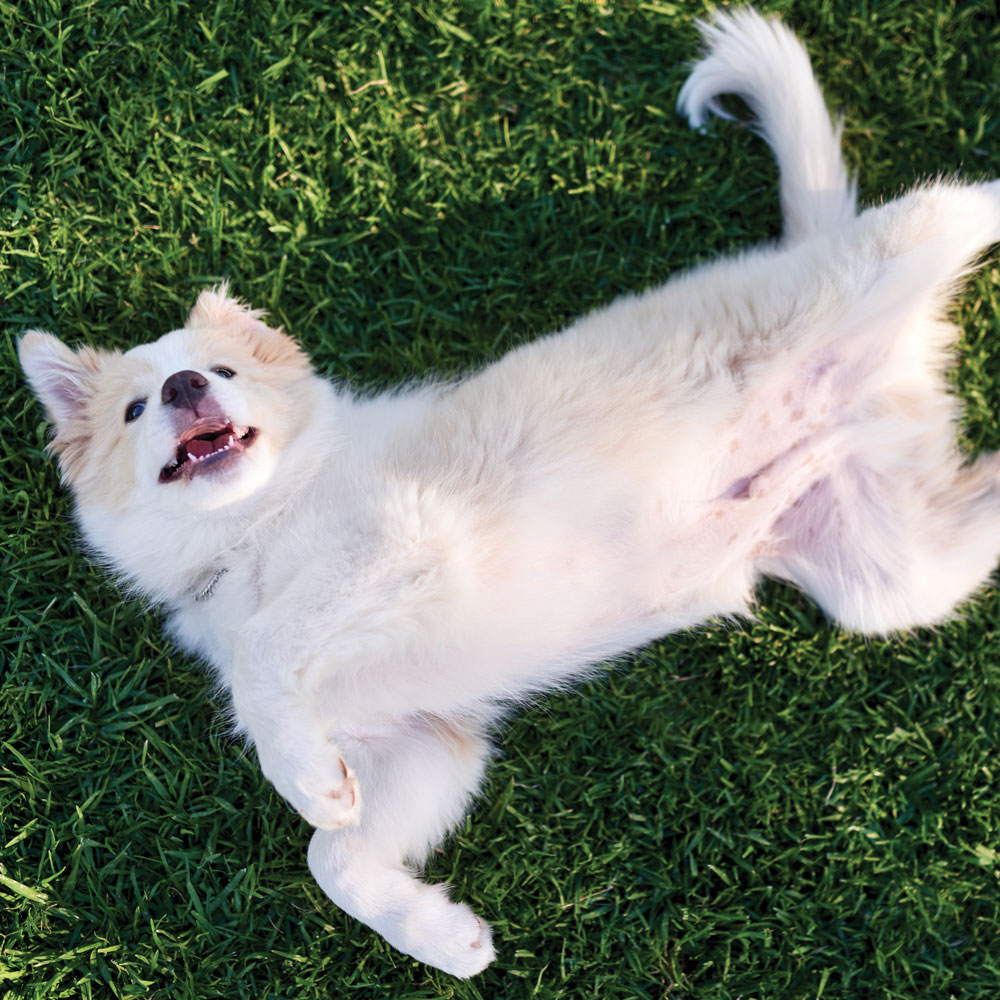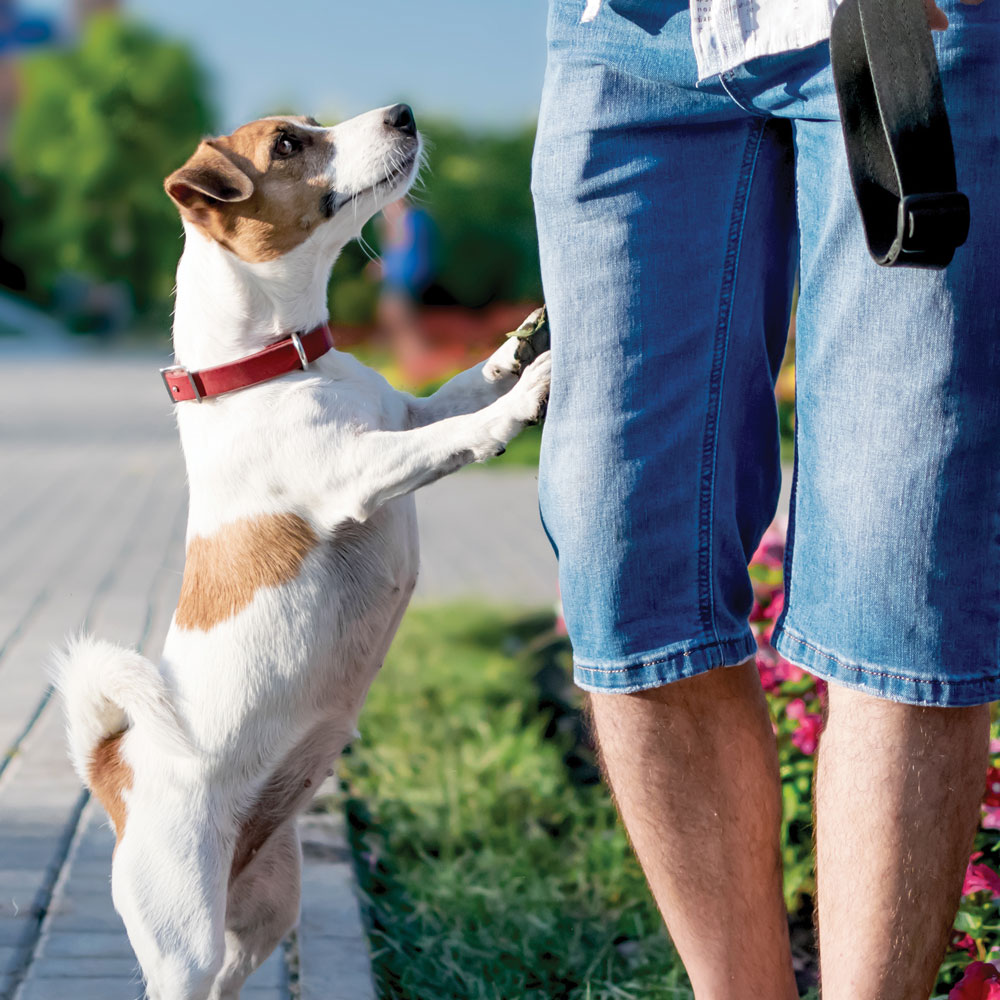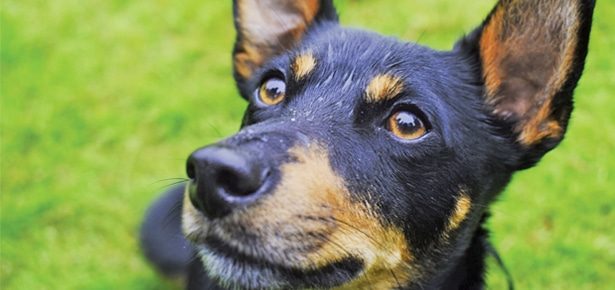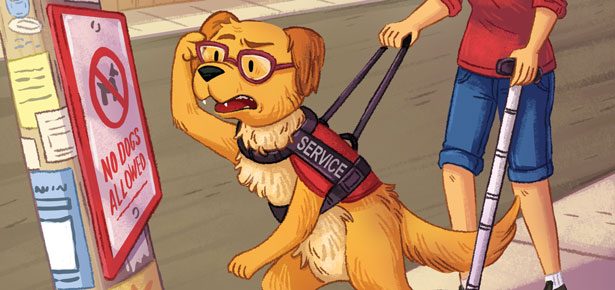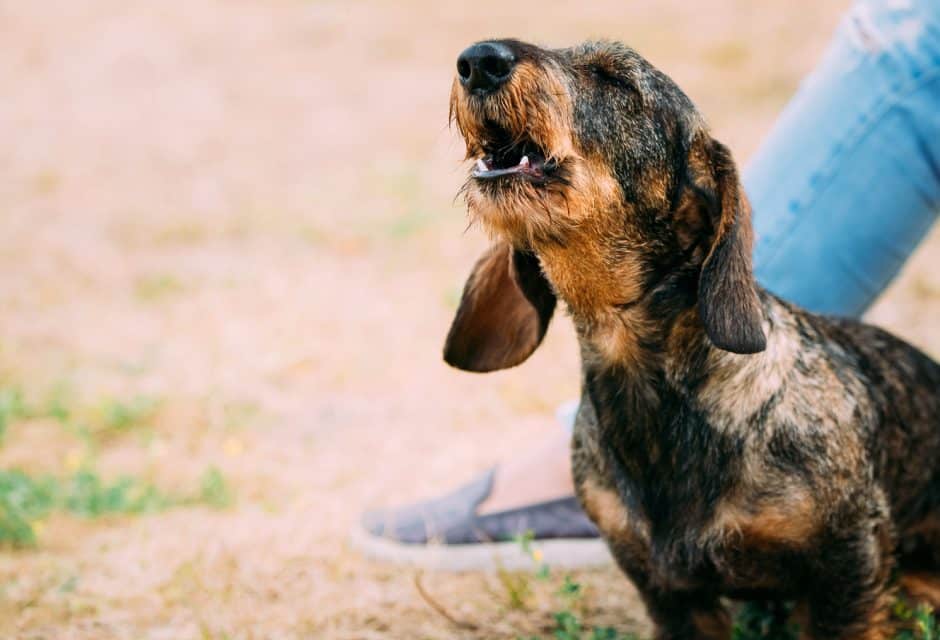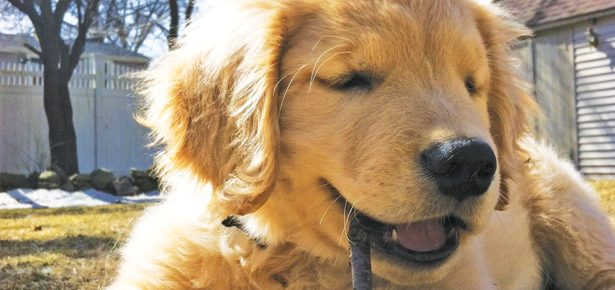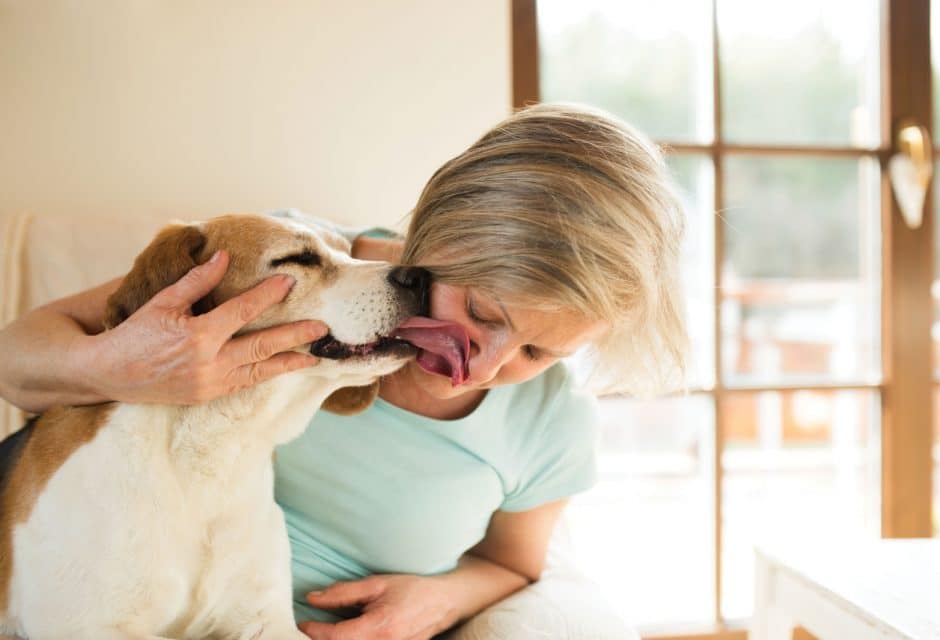

19 Dog Gestures and What They Mean
Your dog is trying to tell you something. Are you reading the signs?
Dogs read our gestures, like pointing, better than any other animal. Neither wolves nor chimpanzees follow our gestures as well as dogs. But are we equally adept at reading our dogs’ gestures?
Dogs learn to understand human gestures from a young age, looking when we point to an object on the ground (Research has shown that puppies can follow a human pointing gesture by just six weeks of age) or sitting when we motion to do so (when they feel like it). The ability to non-verbally communicate in a consistent way and elaborate on a gesture if the desired action isn’t undertaken is called referential gesturing, and it is a surprisingly rare trait in non-human species. A new study, however, provides strong evidence that dogs use these gestures during every day communication with us.
In order to investigate “cross-species referential signaling events in domestic dogs,” researchers at the University of Salford in Greater Manchester followed 37 dogs and their owners, recording all communications to identify the gestures most commonly used by dogs and decode what corresponding actions the dogs wanted undertaken. The study found four main desired outcomes the dogs were attempting to communicate: Give me food/drink (unsurprisingly), as well as Scratch me, Open the door, and Get my toy/bone.
According to the study’s findings, the most common gestures you may see your furry friend making and the four desired actions they could be indicating are:
Head Turn—Your dog looks at an object, looks at you, looks back at the object. He’s saying, “Fill my food bowl!” or “I want to go outside,” depending on what he’s looking at.
Licking—Your dog wants pets or scratches. Don’t leave him hanging!
Flicking a toy—Your dog holds a toy in his mouth and throws it forward toward you, he wants something to eat or drink.
Rolling over—Your dog wants scratches, and is using body language to direct petting towards his belly.
Plunging Head-First under an object or human—Get my toy or bone!
Understanding what your dog is trying to communicate via gestures can go a long way towards strengthening your bond and making sure your dog’s needs are taken care of.
Read on for all 19 of the study’s recorded canine actions and their corresponding meanings.
Roll over = “scratch me; rub my tummy” Rolling onto one side of the body and exposing the chest, stomach and groin
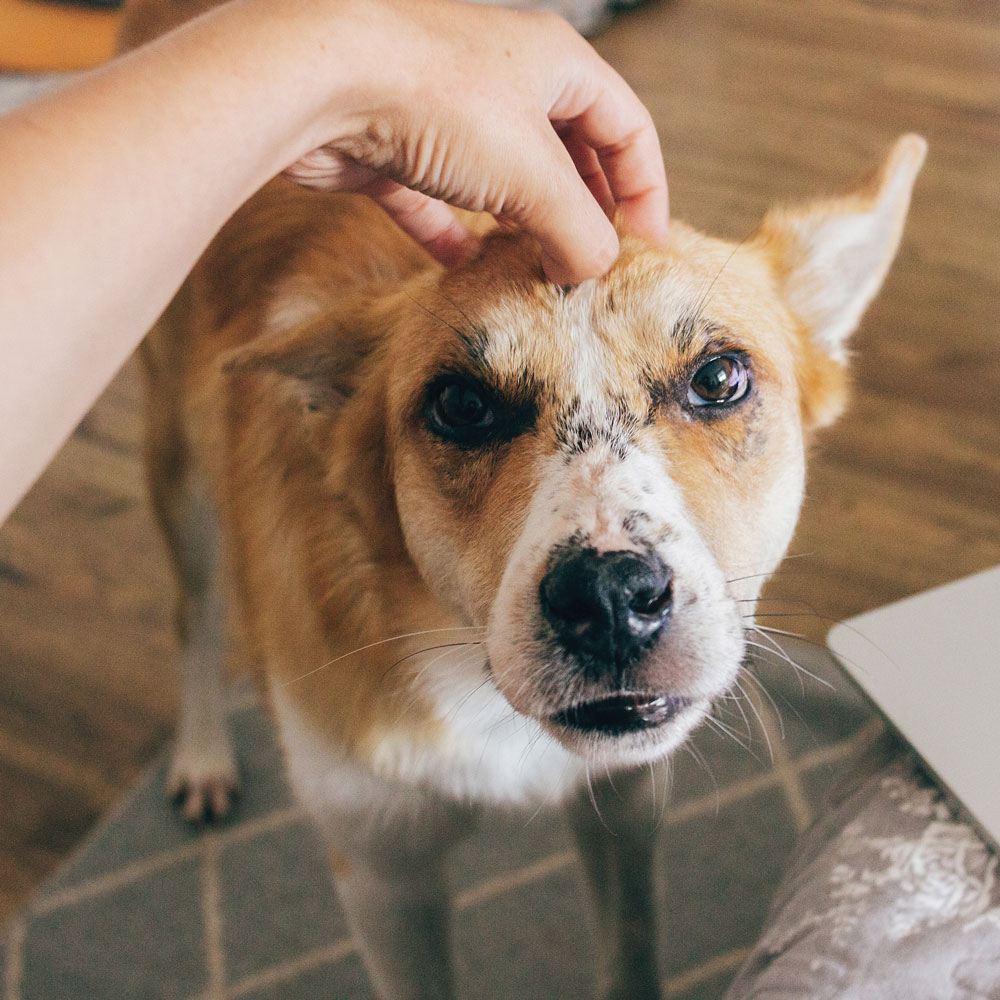
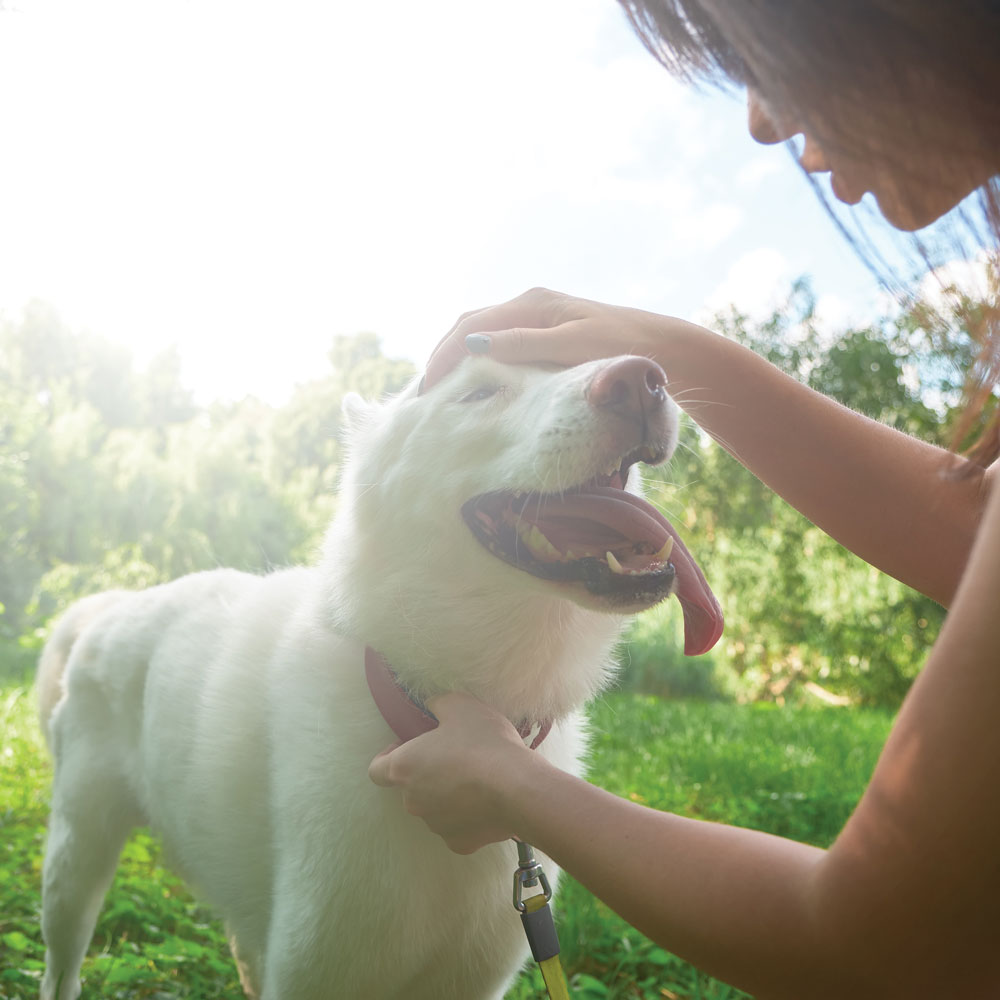
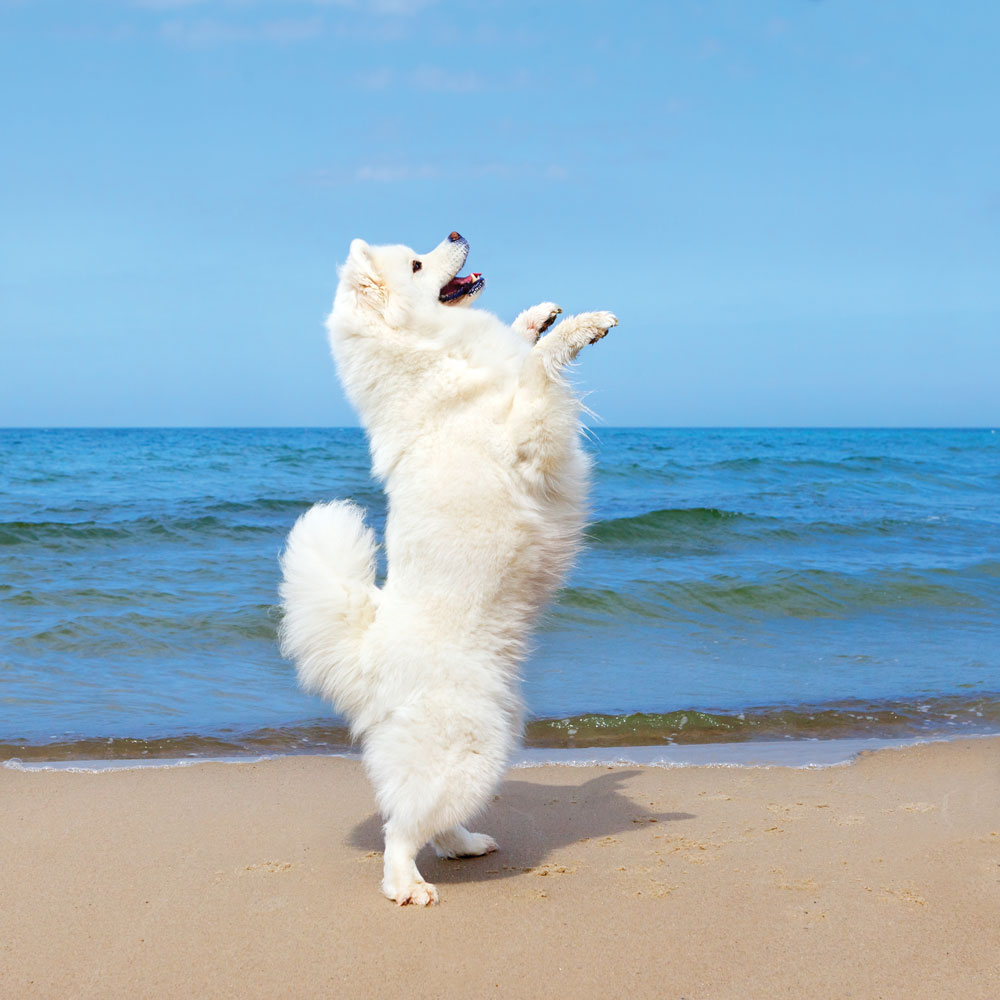
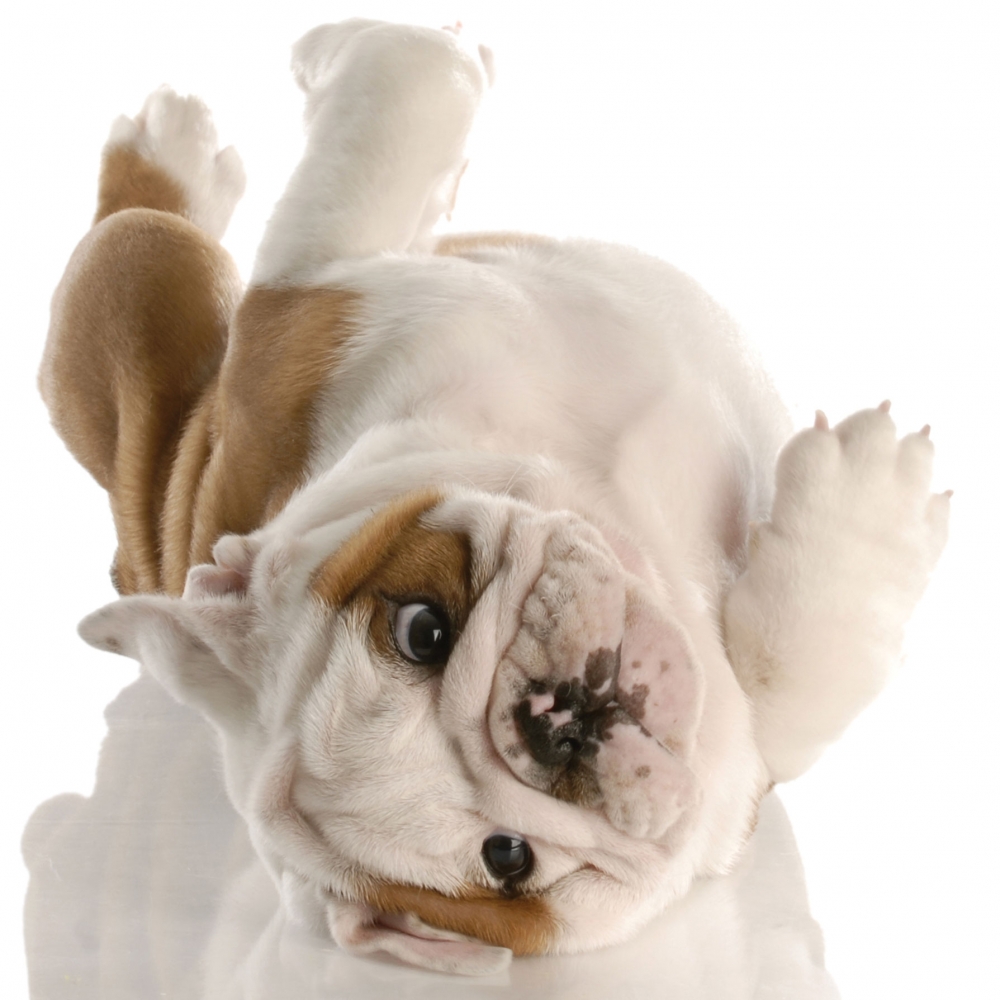
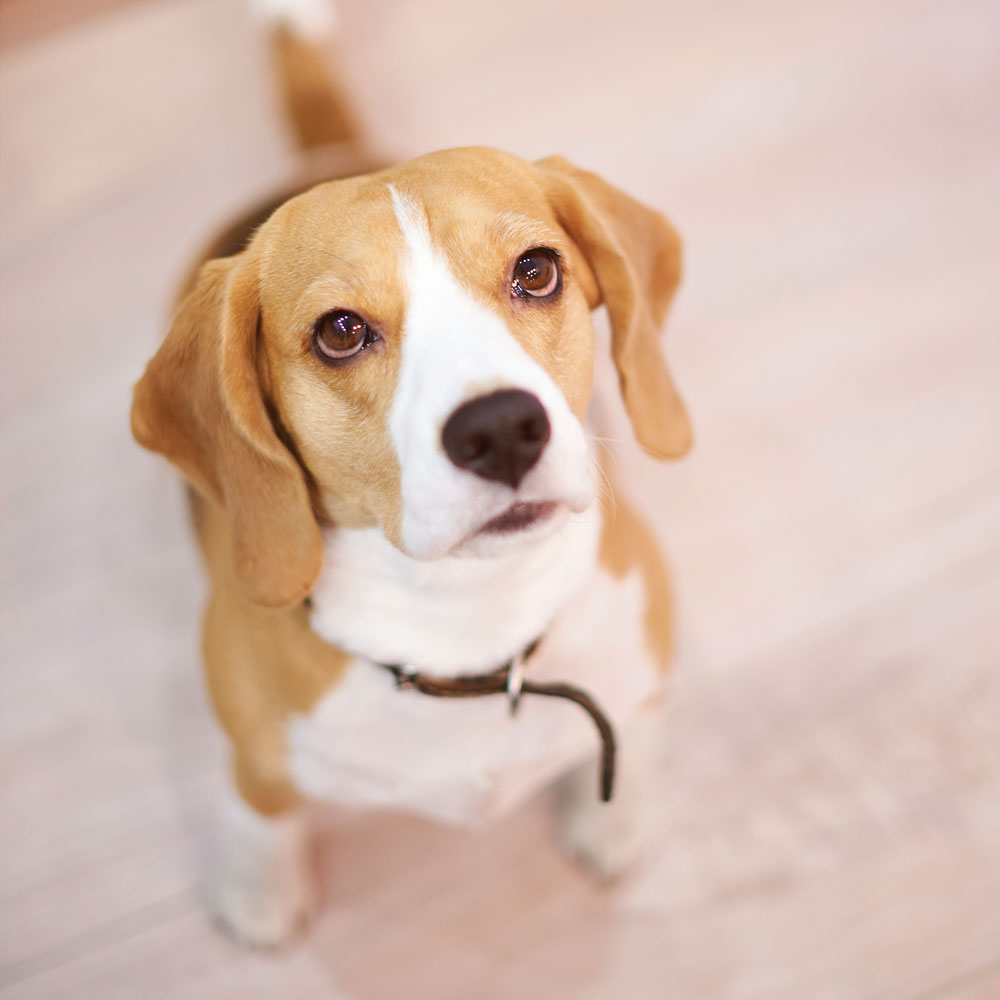

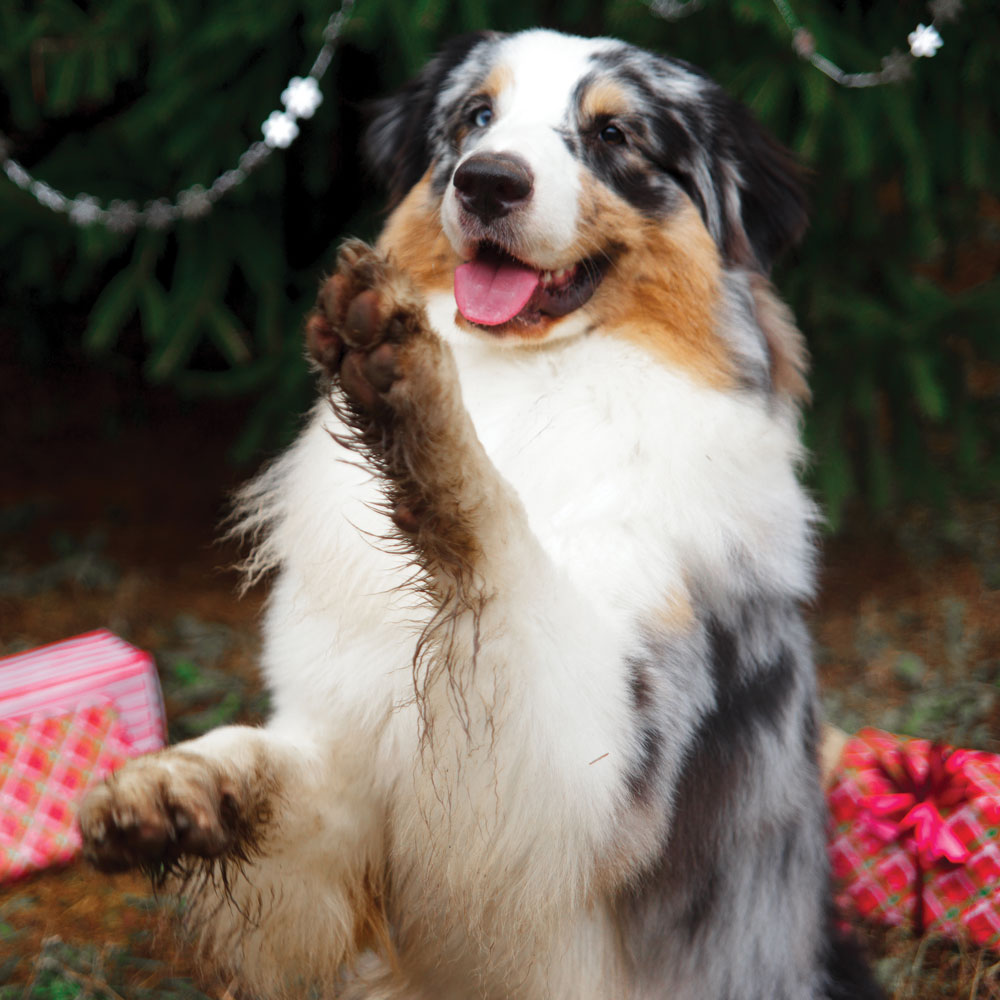
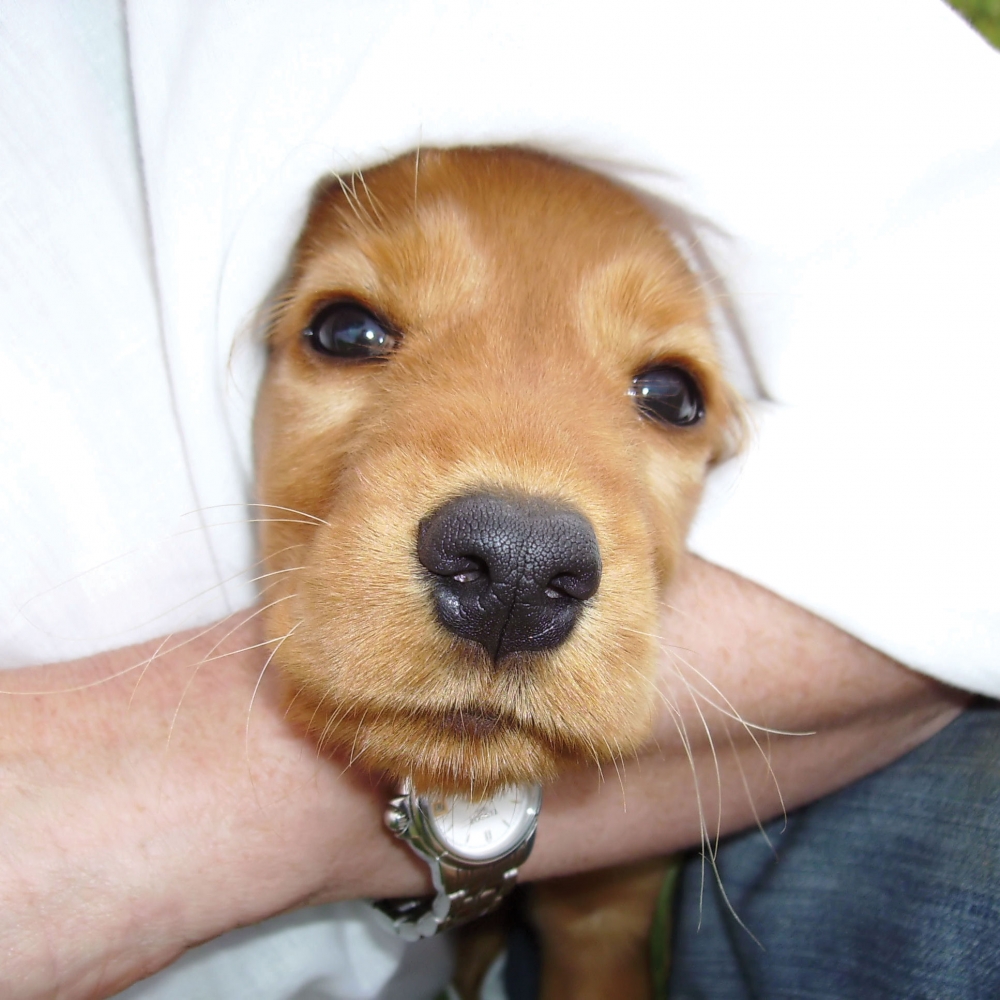
Jump = “give me food/drink OR open the door” Jump up and down off the ground, human or an object, usually while staying in one location
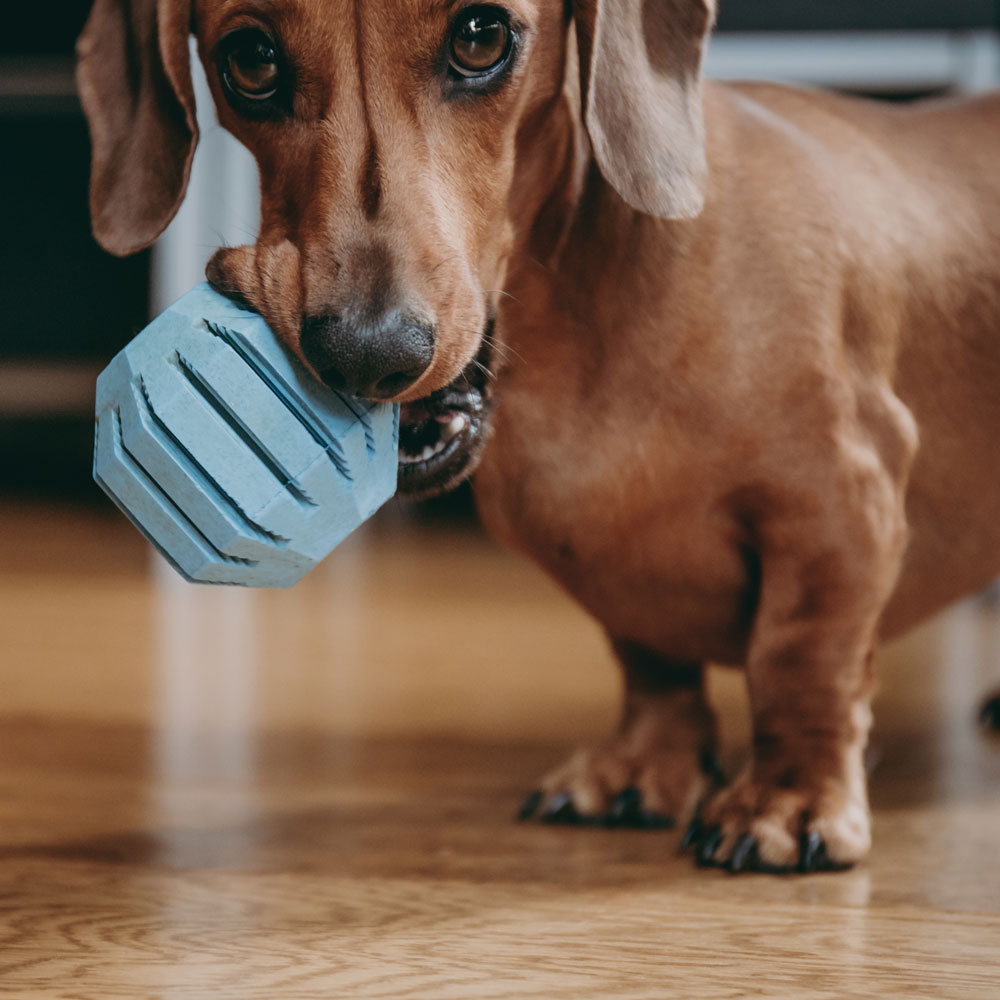
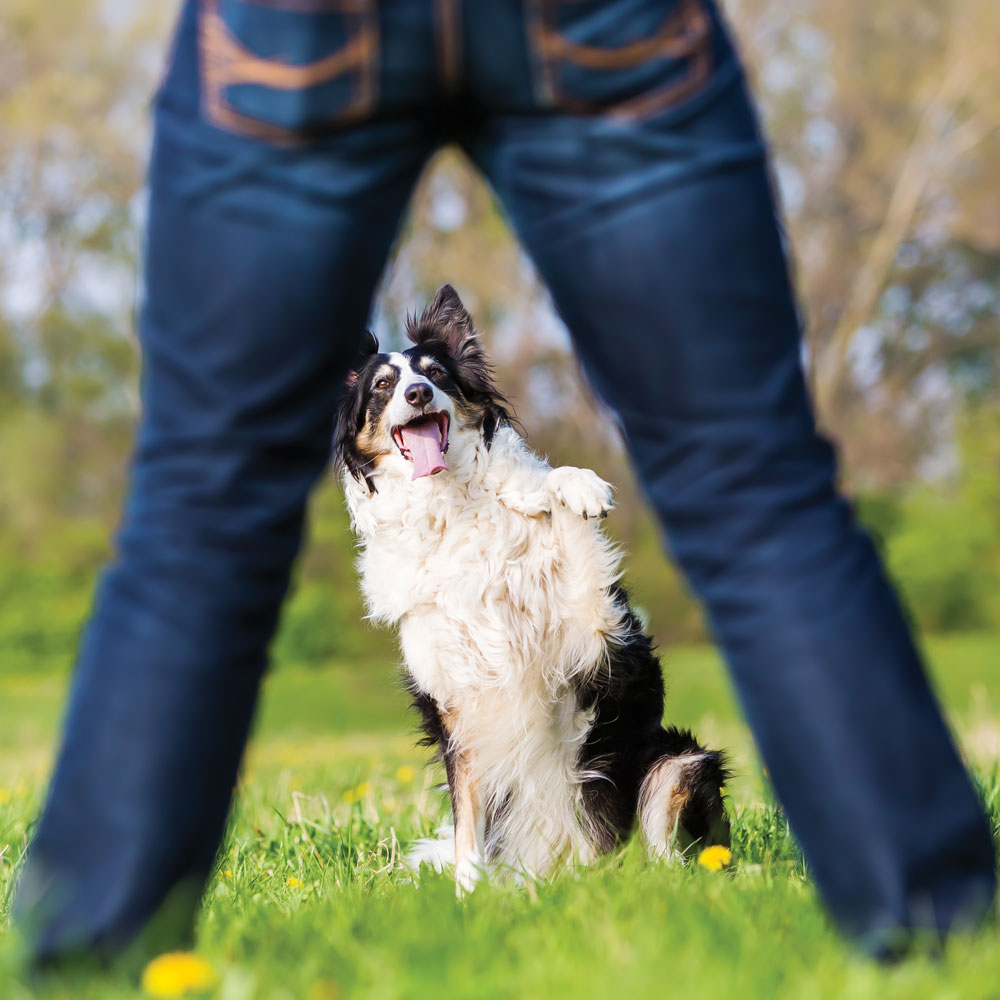

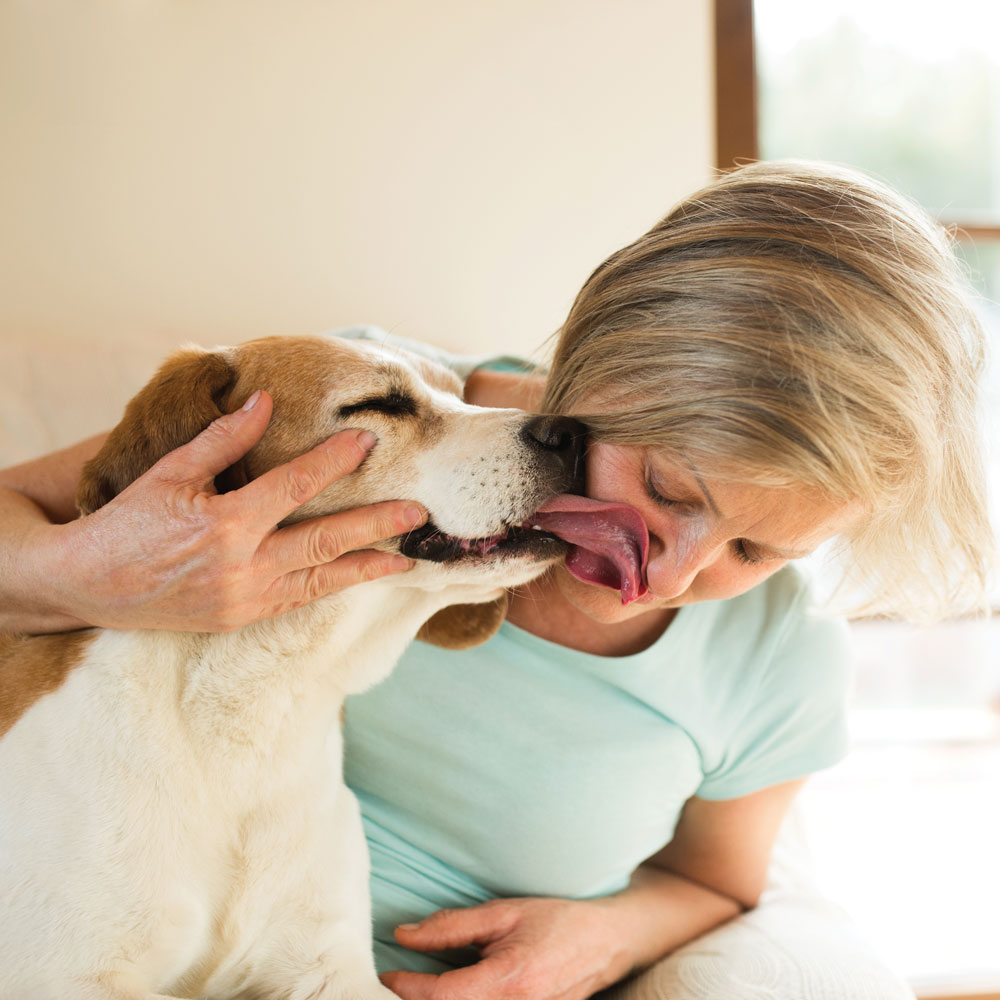
Front paws on = “open it” Lifting both paws off the ground and resting them on an object or human
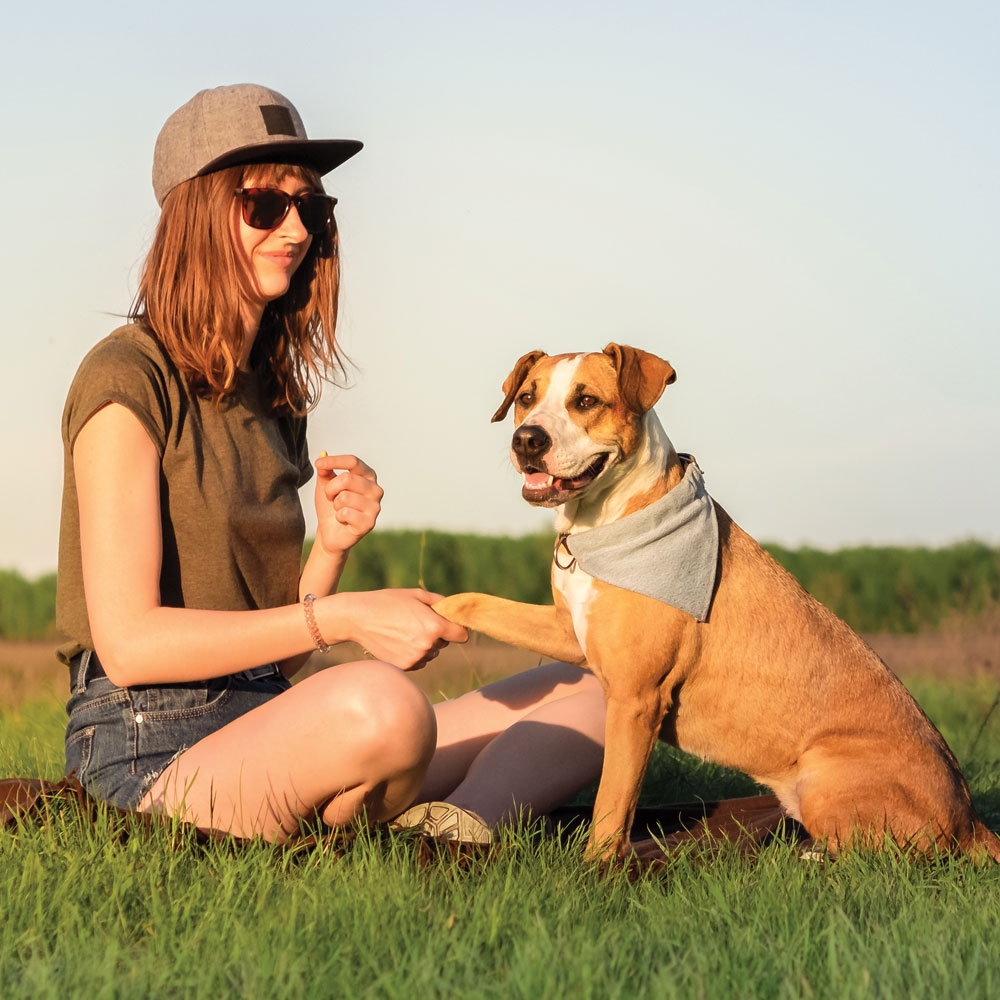
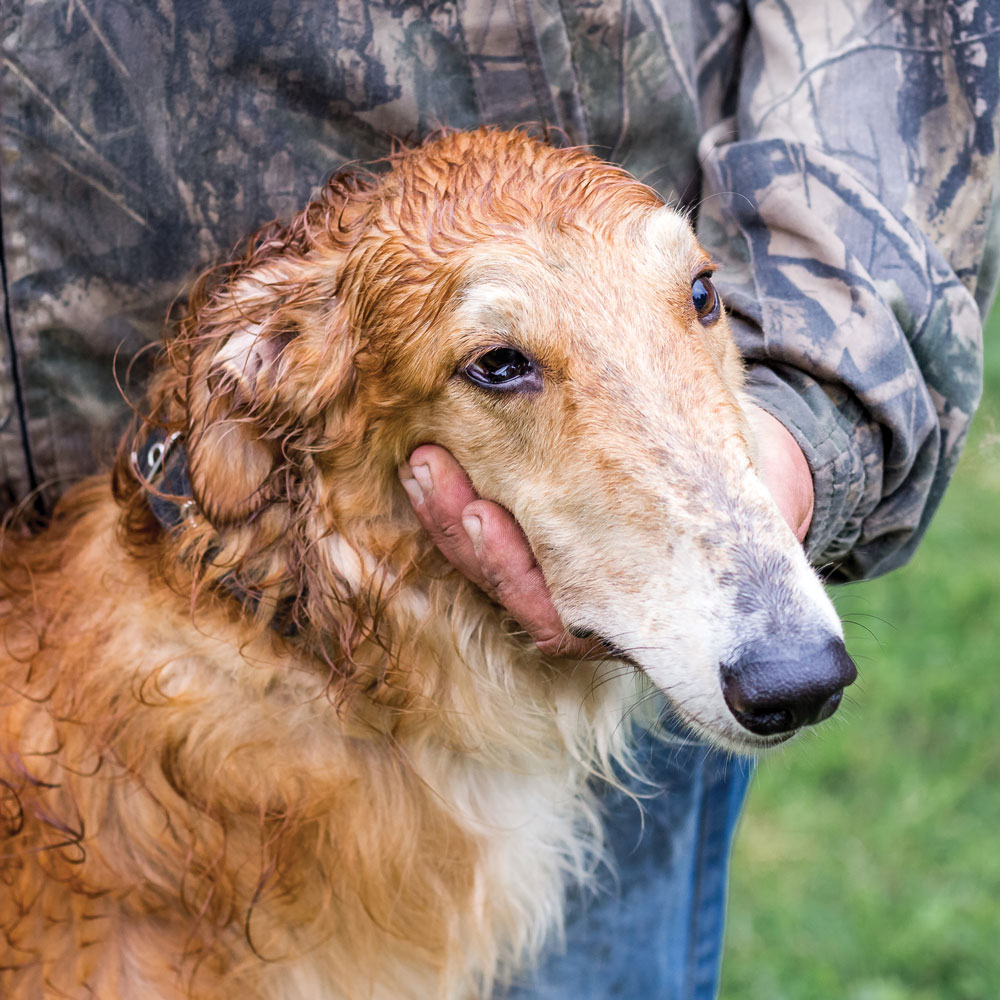
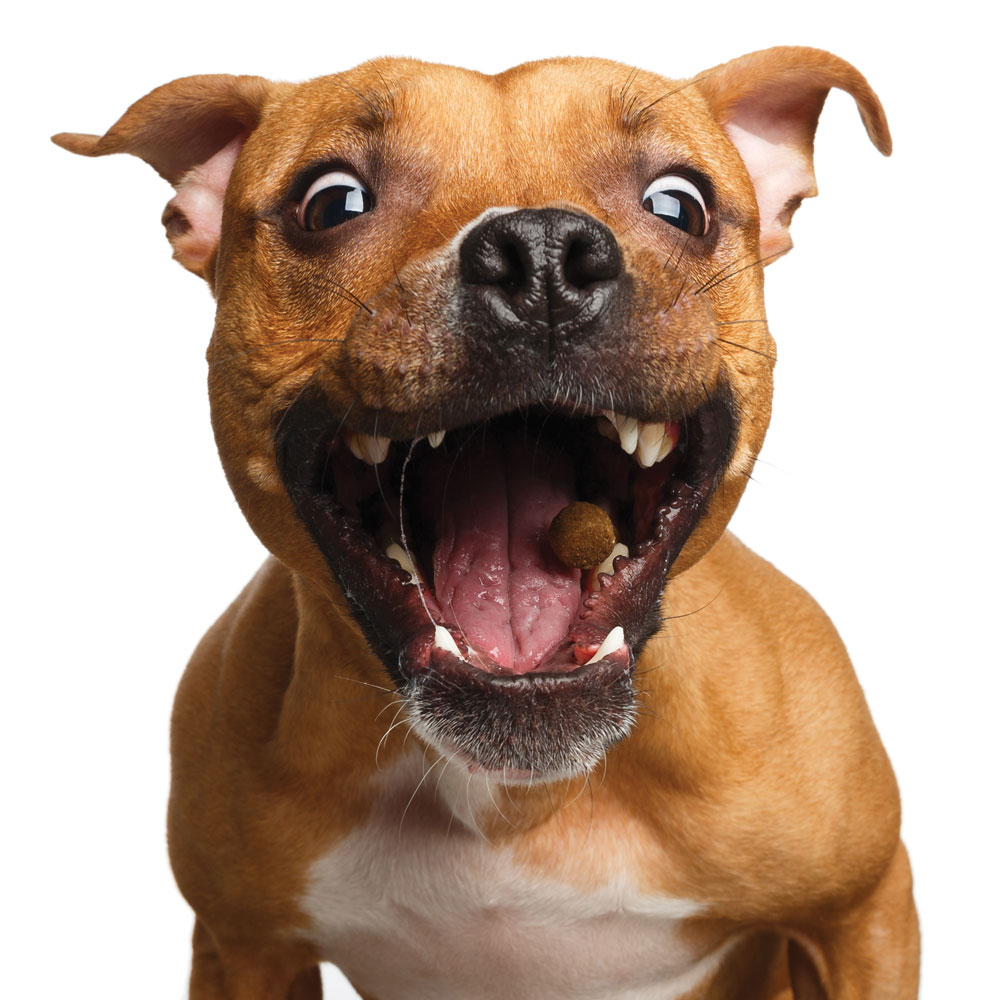
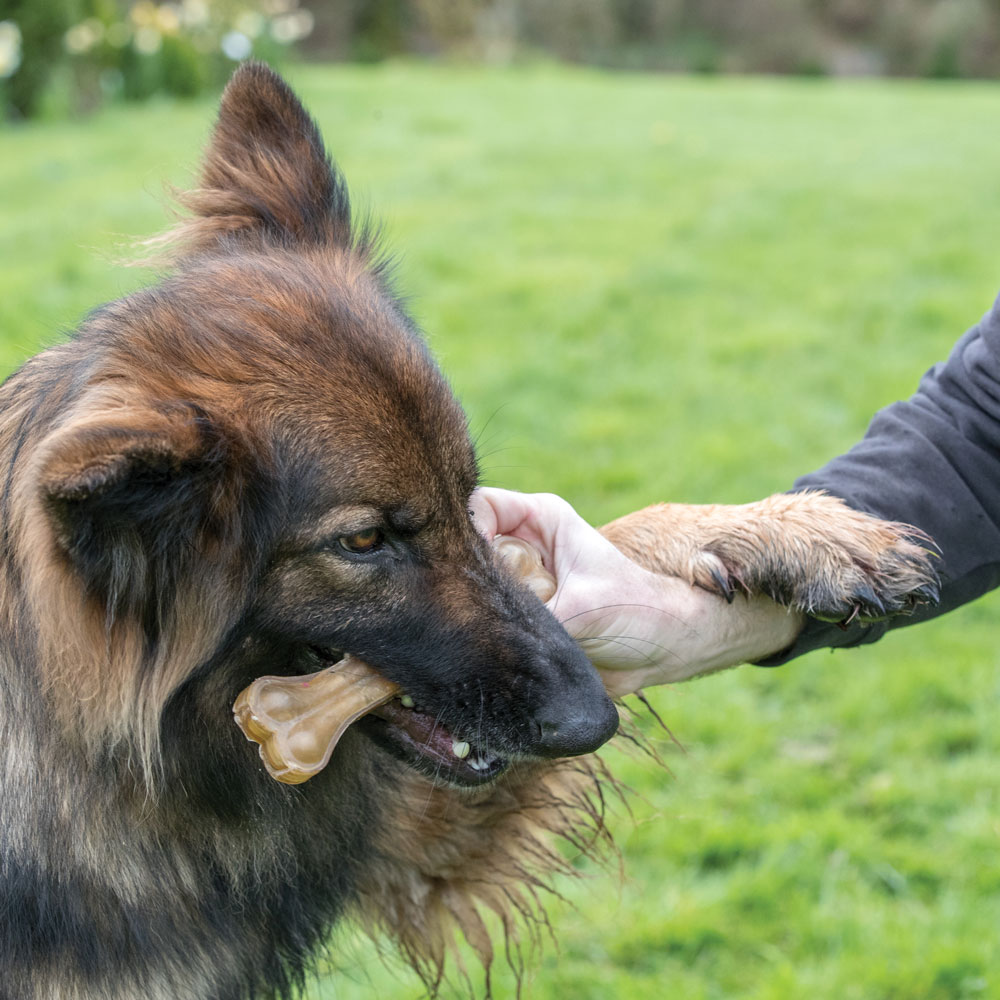
Want to learn more about your pup's behaviour? Learn more about reading your dog's signals.
Join the newsletter and never miss out on dog content again!
"*" indicates required fields
By clicking the arrow, you agree to our web Terms of Use and Privacy & Cookie Policy. Easy unsubscribe links are provided in every email.
